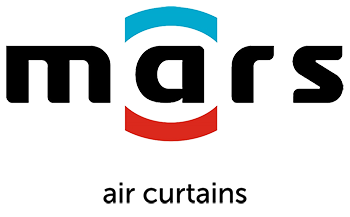Energy Savings with Air Curtains
This course is no longer active. AEC Daily will not report completion information for this course.
Air curtains create a seamless barrier of air over any door, window, or opening, offering significant energy savings to building owners and helping to maintain interior building temperatures. This course examines how air curtains reduce whole building energy consumption, provide thermal comfort, and maintain air quality even when a door is open. The basic principles and theory of how air curtains operate and how to properly identify applications and maximize the air curtain’s energy savings potential are discussed in detail. Selection, application, and installation of the various types of air curtains are also explained.
Upon completion of this course, the Learner should be able to:
- Summarize air curtain terms, components, basic theory, and operation.
- Assess the design criteria to properly size and install the air curtain unit to suit the application, resulting in improved air quality and increased energy efficiency.
- Identify how and where air curtains can be utilized to reduce a building’s energy consumption.
- Determine the proper air curtain configurations and controls to maintain and improve indoor air quality and occupant comfort.
- Recognize industry building codes and test standards and how they apply to air curtains.
- Recall past and present air curtain studies to validate air curtain effectiveness in providing thermal comfort, improved indoor air quality, increased energy savings, and dust and debris control that improves occupant comfort and safety.
Approximately 1 hour, 15 minutes. Delivered online, at your own pace.
Presented by Frank R. Cuaderno on behalf of Mars Air Systems. View the Privacy Policy .
Presenter Information

Name: Frank R. Cuaderno
Title: VP of Engineering, Mars Air Systems
Background: Frank has over 22 years of HVAC & Air Curtain industry experience and is active in various trade, compliance, and regulatory agencies. He chairs and/or serves on several TAGs (Technical Advisory Group) and committees as a full voting member. At AMCA (Air Movement & Control Association), a fan, controls, and louver trade association, he is currently a member of the Board of Directors (2016 to present), AMCA 220, 222, AMCARC (Air Movement Code Action Review Committee), Air Curtain Engineering, and North American Region Steering Committees. At ASHRAE (American Society of Heating, Refrigeration, and Air-Conditioning Engineers), he is a member of ASHRAE TC5.3 Main Committee, Handbook sub-committee, and is the chairperson for the Air Curtain sub-committee. In addition, Frank also serves as an expert for both ISO/TC 117 WG09 and ANSI/NSF37 (National Sanitation Foundation) committees.
